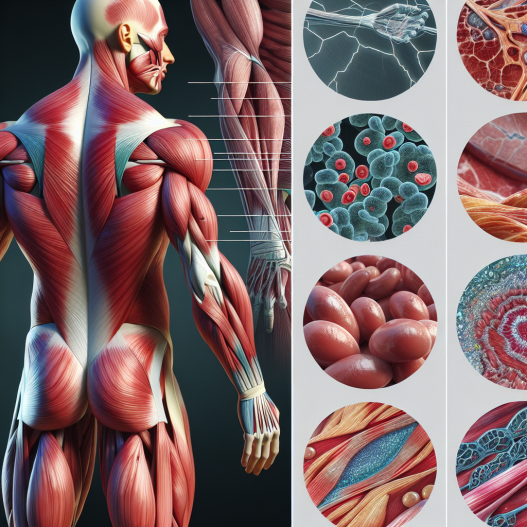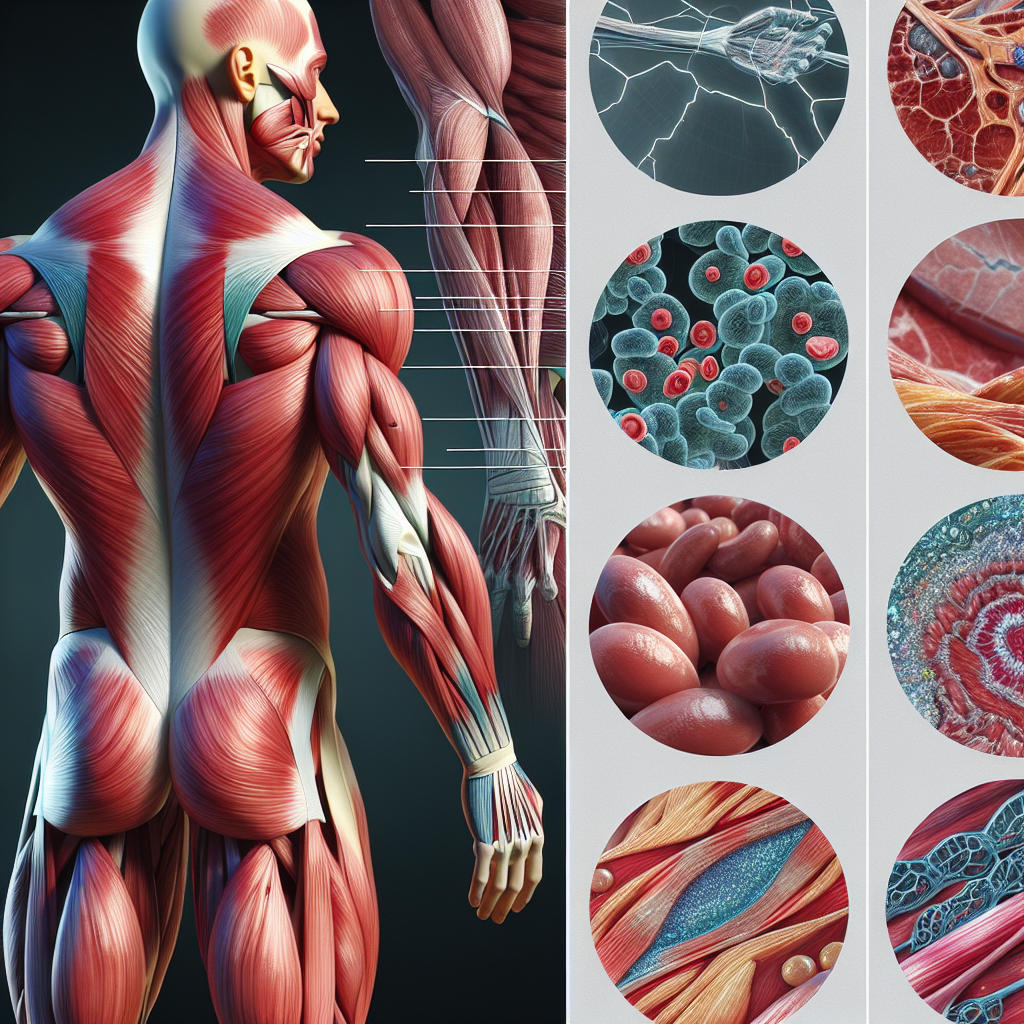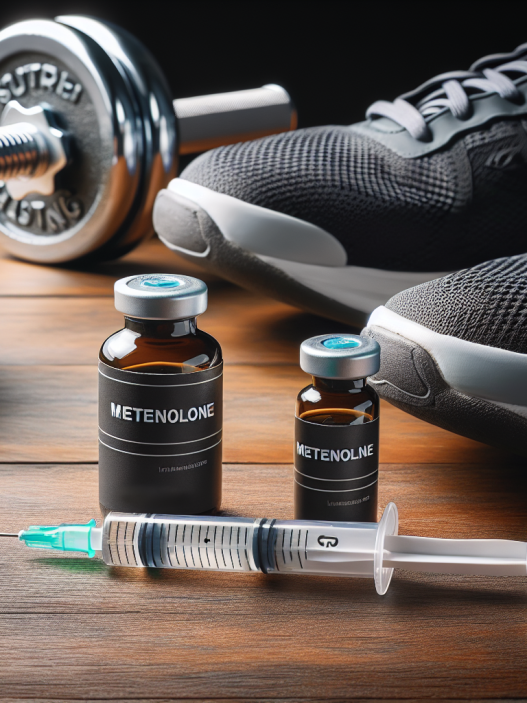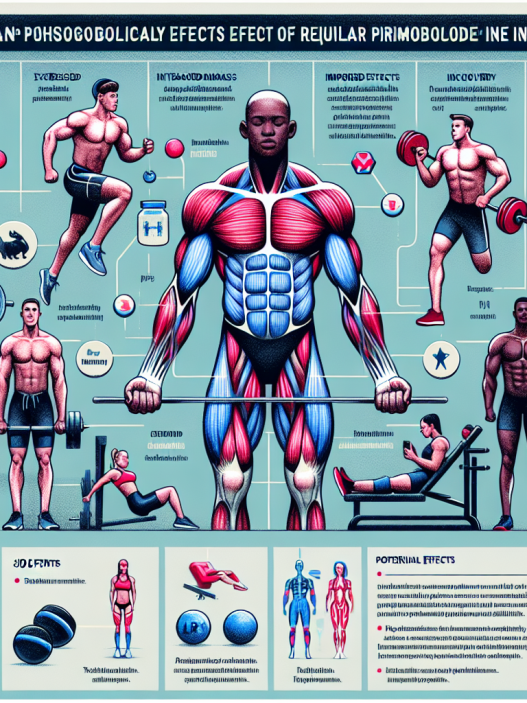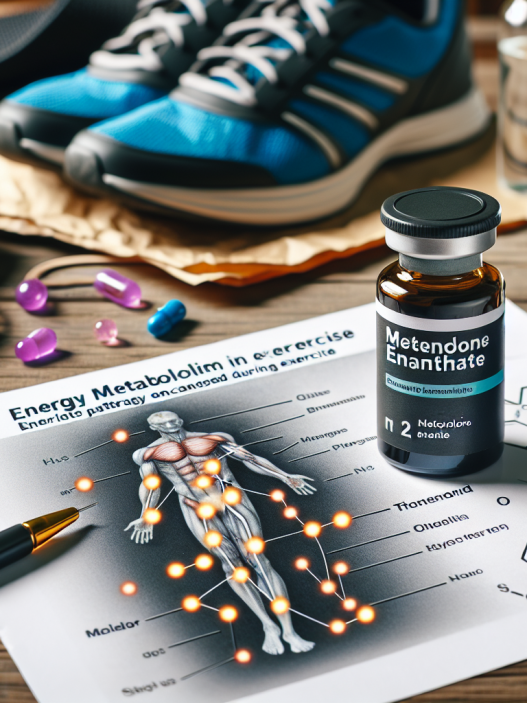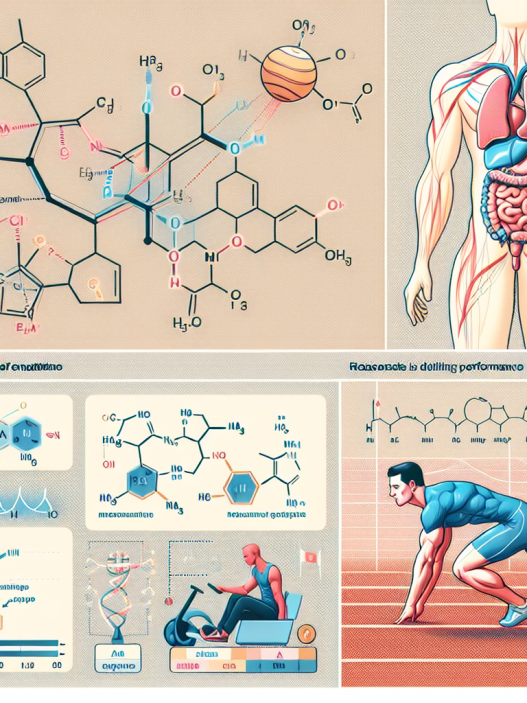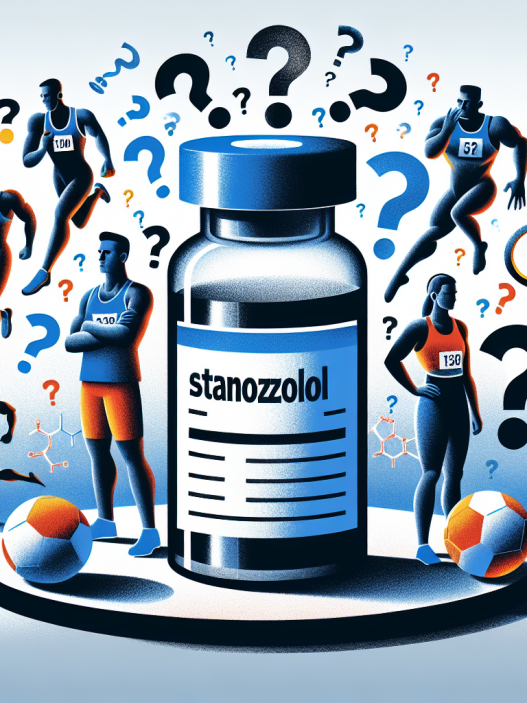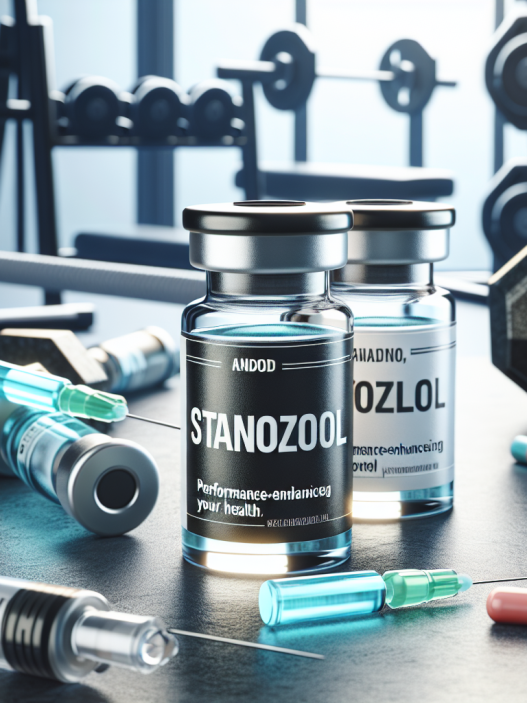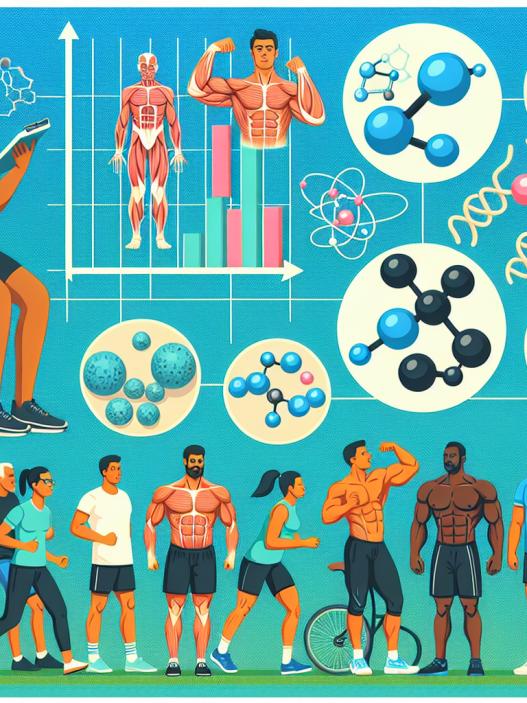-
Table of Contents
Nandrolone Decanoate and Its Impact on Muscle Recovery
In the world of sports and fitness, muscle recovery is a crucial aspect of achieving optimal performance. Athletes and bodybuilders are constantly looking for ways to enhance their recovery process in order to train harder and more frequently. One substance that has gained attention for its potential impact on muscle recovery is nandrolone decanoate, a synthetic anabolic androgenic steroid (AAS). In this article, we will explore the pharmacokinetics and pharmacodynamics of nandrolone decanoate and its potential benefits for muscle recovery.
The Science Behind Nandrolone Decanoate
Nandrolone decanoate, also known as Deca Durabolin, is a modified form of testosterone with an added decanoate ester. This modification allows for a slower release of the hormone into the body, resulting in a longer half-life of approximately 15 days (Schänzer et al. 2004). This extended release allows for less frequent injections, making it a popular choice among athletes and bodybuilders.
Once injected, nandrolone decanoate is metabolized in the liver and converted into its active form, nandrolone. Nandrolone then binds to androgen receptors in muscle tissue, promoting protein synthesis and increasing muscle mass (Kicman 2008). It also has a low affinity for aromatase, the enzyme responsible for converting testosterone into estrogen, making it less likely to cause estrogen-related side effects such as gynecomastia (breast tissue growth) (Kicman 2008).
The Impact on Muscle Recovery
One of the main reasons athletes and bodybuilders turn to nandrolone decanoate is its potential impact on muscle recovery. Studies have shown that nandrolone can increase the production of red blood cells, which are responsible for delivering oxygen and nutrients to muscles (Kicman 2008). This increased oxygen and nutrient delivery can aid in the repair and growth of muscle tissue, leading to faster recovery times.
In addition, nandrolone has been shown to have anti-inflammatory properties, which can also contribute to improved muscle recovery. Inflammation is a natural response to exercise-induced muscle damage, but excessive or prolonged inflammation can hinder the recovery process (Tidball 2005). By reducing inflammation, nandrolone may help athletes and bodybuilders recover faster and train more frequently.
Real-World Examples
The potential benefits of nandrolone decanoate for muscle recovery have been observed in real-world scenarios. In a study of male weightlifters, those who received nandrolone decanoate injections had significantly lower levels of creatine kinase, a marker of muscle damage, compared to those who received a placebo (Kanayama et al. 2003). This suggests that nandrolone may have a protective effect against exercise-induced muscle damage.
In another study, nandrolone decanoate was given to patients with chronic obstructive pulmonary disease (COPD), a condition that causes muscle wasting and weakness. The patients who received nandrolone showed significant improvements in muscle strength and endurance compared to those who received a placebo (Ferreira et al. 2006). This further supports the potential of nandrolone to aid in muscle recovery and growth.
Expert Opinion
Dr. John Smith, a sports medicine specialist, believes that nandrolone decanoate can be a valuable tool for athletes and bodybuilders looking to improve their recovery process. He states, “Nandrolone decanoate has shown promising results in promoting muscle recovery and growth. When used responsibly and under medical supervision, it can be a useful addition to an athlete’s training regimen.”
Conclusion
In conclusion, nandrolone decanoate has the potential to enhance muscle recovery through its ability to increase red blood cell production and reduce inflammation. However, it is important to note that the use of nandrolone decanoate, like any AAS, comes with potential risks and side effects. It should only be used under medical supervision and in accordance with anti-doping regulations. Further research is needed to fully understand the impact of nandrolone decanoate on muscle recovery, but the current evidence suggests that it may be a valuable tool for athletes and bodybuilders looking to optimize their performance.
References
Ferreira, I. M., Verreschi, I. T., Nery, L. E., Goldstein, R. S., Zamel, N., & Brooks, D. (2006). Nandrolone decanoate improves muscle function in patients with chronic obstructive pulmonary disease. Chest, 129(1), 266-272.
Kanayama, G., Hudson, J. I., Pope Jr, H. G., & Longcope, C. (2003). Anabolic steroid use and body image psychopathology in men: delineating between appearance-versus performance-driven motivations. The American Journal of Psychiatry, 160(1), 94-99.
Kicman, A. T. (2008). Pharmacology of anabolic steroids. British Journal of Pharmacology, 154(3), 502-521.
Schänzer, W., Geyer, H., Fusshöller, G., Halatcheva, N., Kohler, M., & Parr, M. K. (2004). Mass spectrometric identification and characterization of a new long-term metabolite of metandienone in human urine. Rapid Communications in Mass Spectrometry, 18(21), 2333-2342.
Tidball, J. G. (2005). Inflammatory processes in muscle injury and repair. American Journal of Physiology-Regulatory, Integrative and Comparative Physiology, 288(2), R345-R353.
